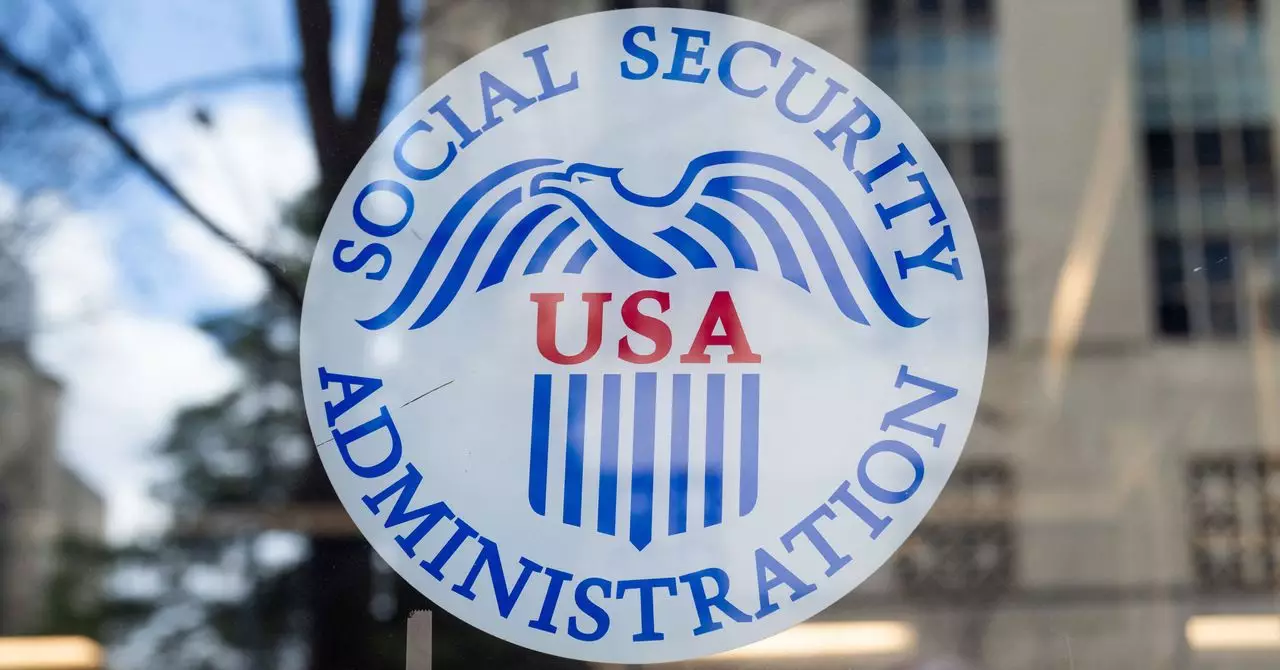The Social Security Administration (SSA) stands at a technology crossroads that could either enhance its service delivery or potentially unravel the very fabric of its operations. At the heart of this dilemma lies COBOL, a legacy programming language that has ruled the agency’s backend operations for decades. This antiquated code is responsible for critical functions such as issuing social security numbers and processing payments. For many agencies and businesses, the mere mention of COBOL conjures memories of an era long past, marked by clunky systems and an almost obsessive reliance on tradition. However, the SSA’s reliance on this outdated language signifies a looming crisis; modifying any line of code may trigger a host of unforeseen repercussions that could disrupt the benefits many rely on.
Dan Hon, a seasoned technology consultant, paints a stark picture of the implications relative to potential code changes. He stresses that the human costs associated with beneficiary errors could be devastating. Imagine countless individuals receiving incorrect benefits or suffering delays, all stemming from what could be a benign attempt at modernization. The high stakes involved underline a broader question about the balance between technological advancement and service stability, a challenge that many in the technology sector face when managing legacy systems.
The Quest for Modernization
With federal initiatives often moving at a glacial pace, the question arises: when will the SSA embark on its long-discussed migration from COBOL? Recent communications within the agency emphasize other priorities, such as trimming unnecessary contracts and integrating artificial intelligence to streamline administrative tasks. Notably absent from this agenda is a clear plan for the sensitive migration of a codebase that manages trillions of dollars in disbursements each year. Timely modernization is imperative to keep pace with the evolving landscape of technology; however, delaying this critical transition could spell disaster for beneficiaries.
The involvement of DOPE operatives—alleged to include inexperienced engineers—adds another layer of complexity. While fresh talent can invigorate a stagnant environment, the lack of experience may lead to critical oversights in the sensitive domain of social security administration. The irony of entrusting a young workforce with the management of robust legacy systems is not lost on many insiders who worry that this strategy might lead to a further entrenchment of outdated practices or, worse yet, catastrophic failures.
Promises and Pitfalls of Generative AI
Some speculate that utilizing generative artificial intelligence could facilitate a smoother transition from COBOL to a more modern coding language. This approach may seem promising, but the idea of relying on AI for such a monumental task raises eyebrows. The notion that AI can seamlessly translate millions of lines of code overlooks the nuances inherent in programming languages, particularly one as idiosyncratic as COBOL. An error, no matter how minor, could have critical ramifications, and convincing leadership that AI can mitigate these risks must be part of an extensive reconciliation plan.
Much of the anticipated modernization hinges upon a project whimsically dubbed the “Are You Alive Project,” which aims to tackle fraud and identify improper payments. This initiative exemplifies a misguided focus; instead of prioritizing the underlying systems that allow for these inefficiencies, the SSA seems to operate reactively rather than proactively. It raises the question of whether the agency is truly prepared to handle the scale and complexity of its operations, especially when dealing with crucial reforms.
The Necessity of Comprehensive Testing
As with any major system overhaul, thorough testing is non-negotiable. Critics assert that even rigorous testing might not suffice in a system fraught with complexities and edge cases that span decades of coding practices. There’s an inherent danger in rushing the process; fundamentally, the SSA is a house of cards, where the removal or alteration of one piece could lead to a domino effect of failures.
Each day of delay compounds the risk faced by beneficiaries. While the agency’s leadership navigates court battles for expanded access to its systems, one must wonder how long they can afford to defer necessary modernizations. As much as a robust digital infrastructure needs attention, the ramifications on individuals and families should be paramount. Without addressing these foundational issues, the SSA’s quest for modernization may inadvertently exacerbate the very challenges it seeks to overcome.

